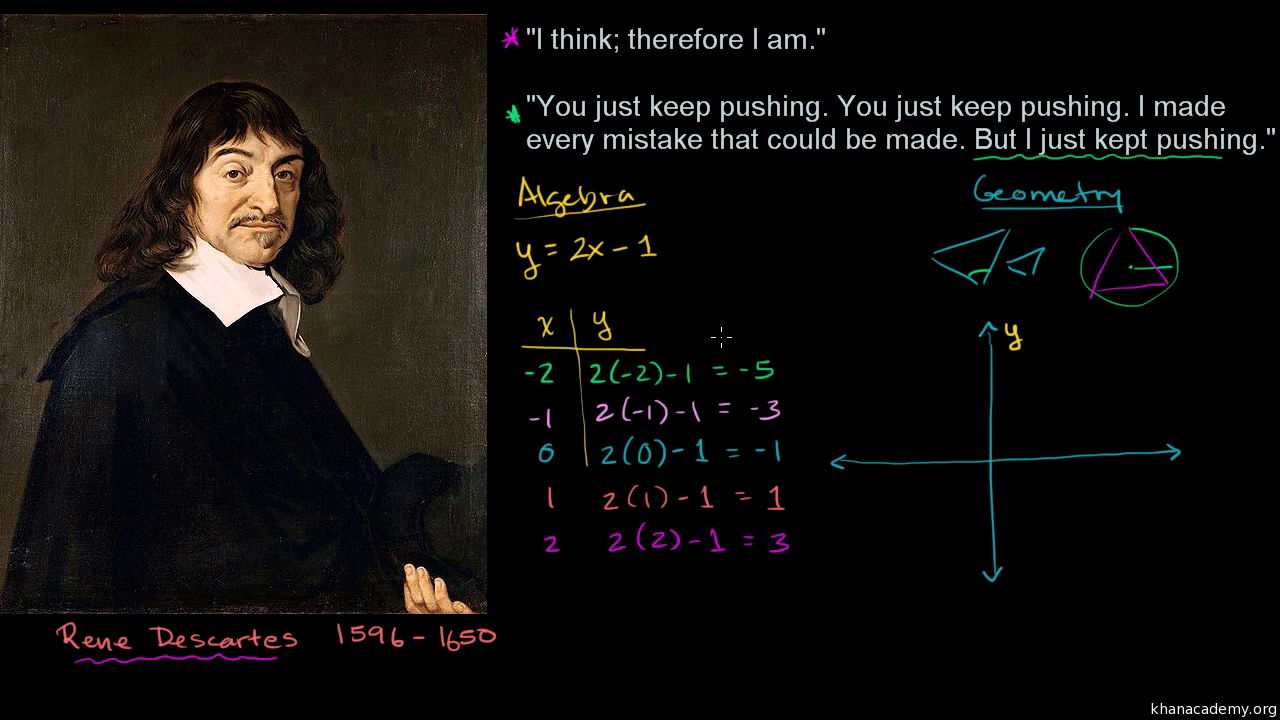

9-12.A-APR.6 Rewrite simple rational expressions in different forms write a(x)/b(x) in the form q(x) + r(x)/b(x), where a(x), b(x), q(x), and r(x) are polynomials with the degree of r(x) less than the degree of b(x), using inspection, long division, or, for the more complicated examples, a computer algebra system.9-12.A-APR.5 Know and apply the Binomial Theorem for the expansion of (x + y) to the n power in powers of x and y for a positive integer n, where x and y are any numbers, with coefficients determined for example by Pascal’s Triangle.9-12.A-APR.4 Prove polynomial identities and use them to describe numerical relationships.

Use polynomial identities to solve problems 9-12.A-APR.3 Identify zeros of polynomials when suitable factorizations are available, and use the zeros to construct a rough graph of the function defined by the polynomial.9-12.A-APR.2 Know and apply the Remainder Theorem: For a polynomial p(x) and a number a, the remainder on division by x – a is p(a), so p(a) = 0 if and only if (x – a) is a factor of p(x).Understand the relationship between zeros and factors of polynomials Perform arithmetic operations on polynomials 9-12.A-APR Arithmetic with Polynomials and Rational Expressions.9-12.A-SSE.4 Derive the formula for the sum of a finite geometric series (when the common ratio is not 1), and use the formula to solve problems.Write expressions in equivalent forms to solve problems 9-12.A-SSE.2 Use the structure of an expression to identify ways to rewrite it.9-12.A-SSE.1.b Interpret complicated expressions by viewing one or more of their parts as a single entity.

9-12.A-SSE.1.a Interpret parts of an expression, such as terms, factors, and coefficients.9-12.A-SSE.1 Interpret expressions that represent a quantity in terms of its context.9-12.A-SSE Seeing Structure in Expressions.9-12.N-CN.9 Know the Fundamental Theorem of Algebra show that it is true for quadratic polynomials.9-12.N-CN.8 Extend polynomial identities to the complex numbers.9-12.N-CN.7 Solve quadratic equations with real coefficients that have complex solutions.Use complex numbers in polynomial identities and equations. 9-12.N-CN.2 Use the relation i² = -1 and the commutative, associative, and distributive properties to add, subtract, and multiply complex numbers.9-12.N-CN.1 Know there is a complex number i such that i² = –1, and every complex number has the form a + bi with a and b real.

Perform arithmetic operations with complex numbers.


 0 kommentar(er)
0 kommentar(er)
